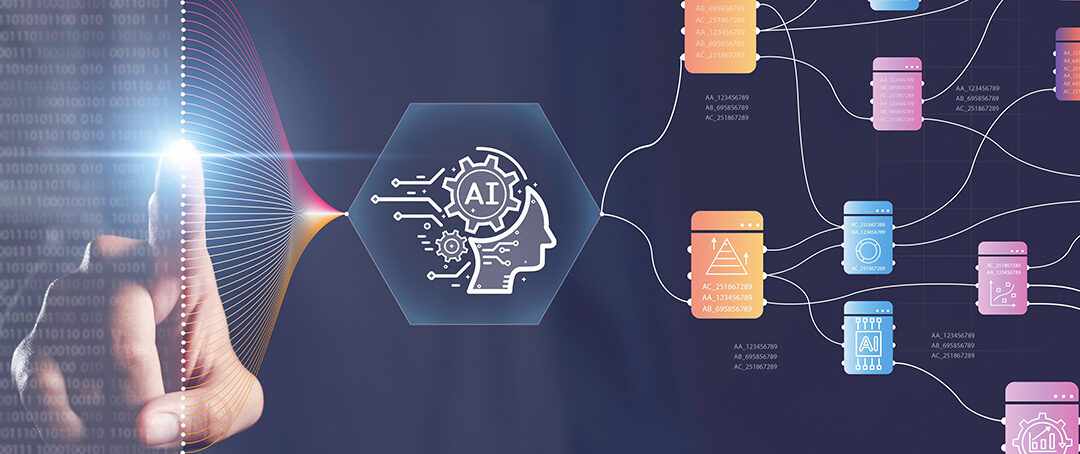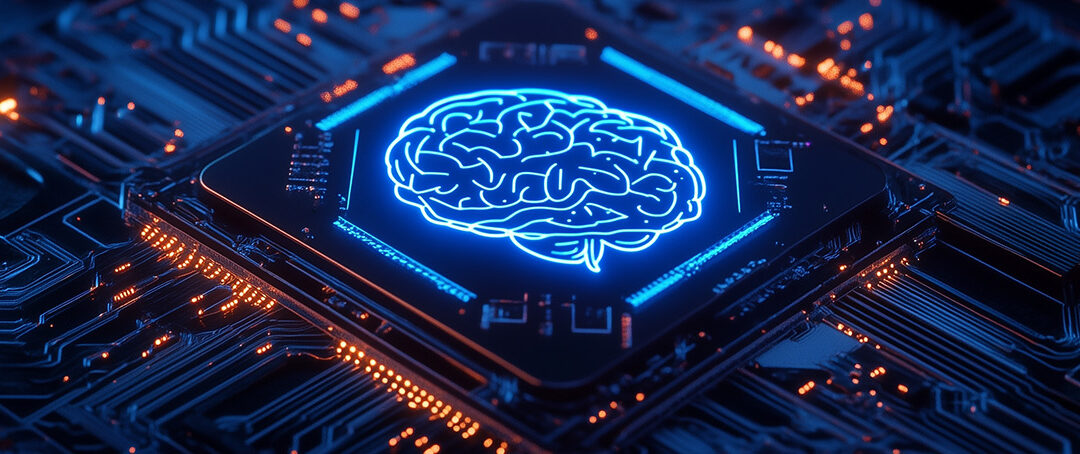Across industries, mainframe teams are under pressure to meet SLAs, modernize operations, and reduce costs, all while managing growing complexity and talent turnover. Whether in financial services, insurance, healthcare, or retail, one thing is constant: when the mainframe slows down, the business slows down.
And the cost is significant. According to The Total Economic Impact™ of BMC AMI Ops Monitoring by Forrester Consulting, unplanned mainframe outages cost the composite organization approximately $1.4 million over a three-year period. But after implementing BMC AMI Ops, the organization reduced downtime by over 50%. These disruptions weren’t just technical—they carried direct business consequences, including lost revenue, decreased customer satisfaction, delayed services, and increased operational risk.
Despite that urgency, many IT teams still struggle to move beyond the alert-flood cycle. Monitoring tools reveal symptoms—but rarely the root cause. And in today’s high-stakes environment, throwing more CPU at a problem isn’t a strategy, it’s a short-term patch that drives costs up while the underlying issue remains unresolved.
It’s time for a smarter, faster AIOps approach—one that blends human expertise with hybrid AI, combining traditional AI/ML and GenAI to provide both deep system analysis and clear, guided resolution.
The Trouble with Traditional Monitoring
Picture a cross-functional war room during a production issue. Network dashboards are green. Distributed systems look stable. But workloads on the mainframe are delayed, CPU usage is spiking, and SLAs are in jeopardy.
Your monitoring tools might highlight these symptoms, but they don’t tell you why they are occurring. Most are limited to examining one metric at a time—like checking a patient’s heart rate without considering their temperature, blood pressure, or lab results. And without context, they may even raise alarms for normal fluctuations, like a temporary spike that’s expected at that time of day. But when a real issue arises, they may show that something is wrong, without revealing what’s causing it.
As a result, even senior engineers are stuck sifting through dashboards and logs—manually hunting for patterns and guessing their way to root cause.
That’s not sustainable.
Root Cause, Explained and Actionable
Diagnosing a mainframe issue is a lot like diagnosing a complex medical condition. You don’t just need data—you need context, correlation, and expert insight.
This is where we change the equation. It applies multivariate analysis to evaluate patterns across CPU, memory, I/O, batch processes, and subsystems—helping identify the subtle performance correlations that are typically missed.
That output then drives our hybrid AI engine: combining machine learning for anomaly detection with rules-based AI and GenAI for real-time explanation and next-step guidance. It continuously learns what’s normal—not just weekly or daily, but minute-to-minute—so your team can focus on real issues, not noise. The result? You don’t get just an alert—you get an understanding of what’s happening, why it matters, and how to fix it.
And it’s not reserved for experts. GenAI translates system insights into natural, plain-language recommendations, so any practitioner—regardless of experience level—can understand the issue and take action.
Whether the problem is a memory leak in a recurring batch job or a misconfigured workload policy, teams don’t need to rely on tribal knowledge. Now, every operator gets AI-assisted clarity in the moment they need it. This is AIOps in action.
From Recovery to Prevention: Why Leaders Are Reassessing the Status Quo
Of course, resolving incidents faster is valuable—but preventing them altogether is transformational. BMC AMI Ops continuously monitors for subtle behavioral patterns that precede disruptions, helping teams intervene early and avoid SLA breaches entirely.
This shift directly supports outcomes decision-makers care about:
- Reduced downtime, leading to improved service continuity and customer satisfaction
- Lower infrastructure costs, by avoiding overprovisioning and reactive fixes
- Increased agility, as fewer fire drills free up staff from manual investigation and allow them to focus on higher-value, strategic initiatives
- Stronger resiliency posture, critical for maintaining operational and regulatory integrity
That’s exactly what organizations experienced in the Forrester TEI study: by deploying BMC AMI Ops, they cut outage downtime by 50%, retained over $1.4 million in profit, and gained an additional $600K in productivity from reallocated monitoring staff.
As the VP of operations at a financial services organization shared in The Total Economic Impact™ Of BMC AMI Ops Monitoring:
“We’ve been able to predict when some of spikes in customer applications are going to occur that we didn’t anticipate or we didn’t know just from our own industry knowledge or our own experience. That’s really helped turnaround times as every minute that our systems are down is picking up costs.”
For leaders responsible for the performance and availability of critical systems, the imperative is clear: investing in intelligent root cause analysis and guided resolution isn’t just an IT improvement—it’s a business safeguard.
Enabling the Next Generation of Operations
As seasoned experts retire and operational demands increase, teams need more than visibility—they need systems that guide, explain, and empower the next generation of practitioners.
BMC AMI Ops Insight brings it all together—machine learning, rules-based intelligence, and GenAI—into a single solution that delivers guided diagnostics and real-time insight. This hybrid intelligence model empowers practitioners at any experience level to understand system behavior, identify root causes, and take confident action without deep mainframe expertise. It not only accelerates root cause diagnosis, but also shortens onboarding cycles and builds confidence across teams of all experience levels.
Final Thought
Mainframe operations are evolving—and so must our tools. It’s no longer enough to collect data or trigger alerts. The real need is for context, clarity, and action—delivered in a way that helps seasoned experts solve issues faster and gives next-gen practitioners the confidence to contribute from day one.
With AIOps—hybrid AI combines the strengths of multivariate analysis, rules-based logic, and generative AI—BMC AMI Ops Insight gives teams a smarter, faster path to SLA protection, cost control, and operational excellence.
The next-gen AIOps doctor is in—and now every team member has the insight, tools, and confidence to treat the problem, not just the symptoms.









Excellent article, Alan! This clearly highlights the innovative strides BMC is making in modernizing mainframe computing with BMC AMI Ops. Exciting to be part of the transformation!